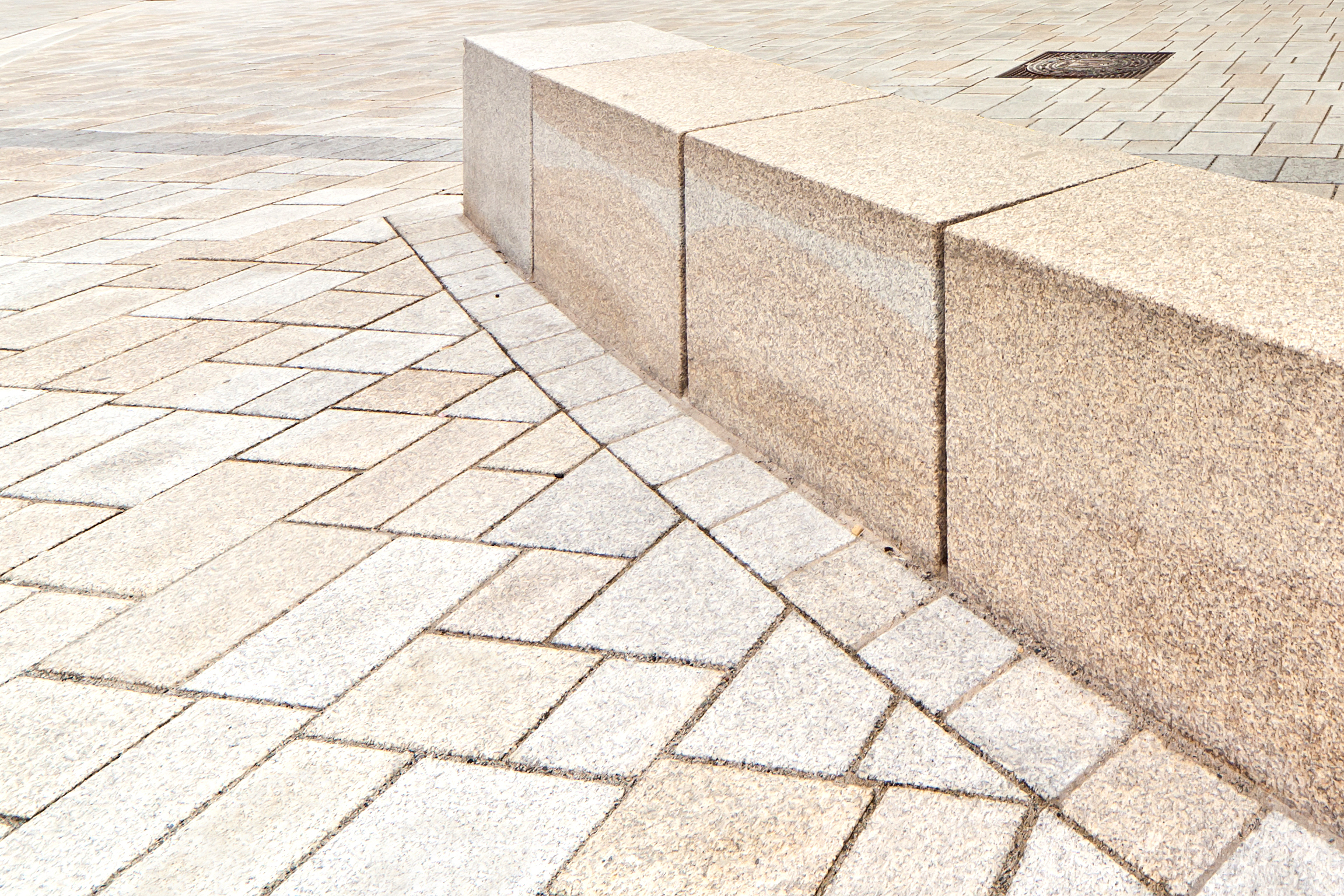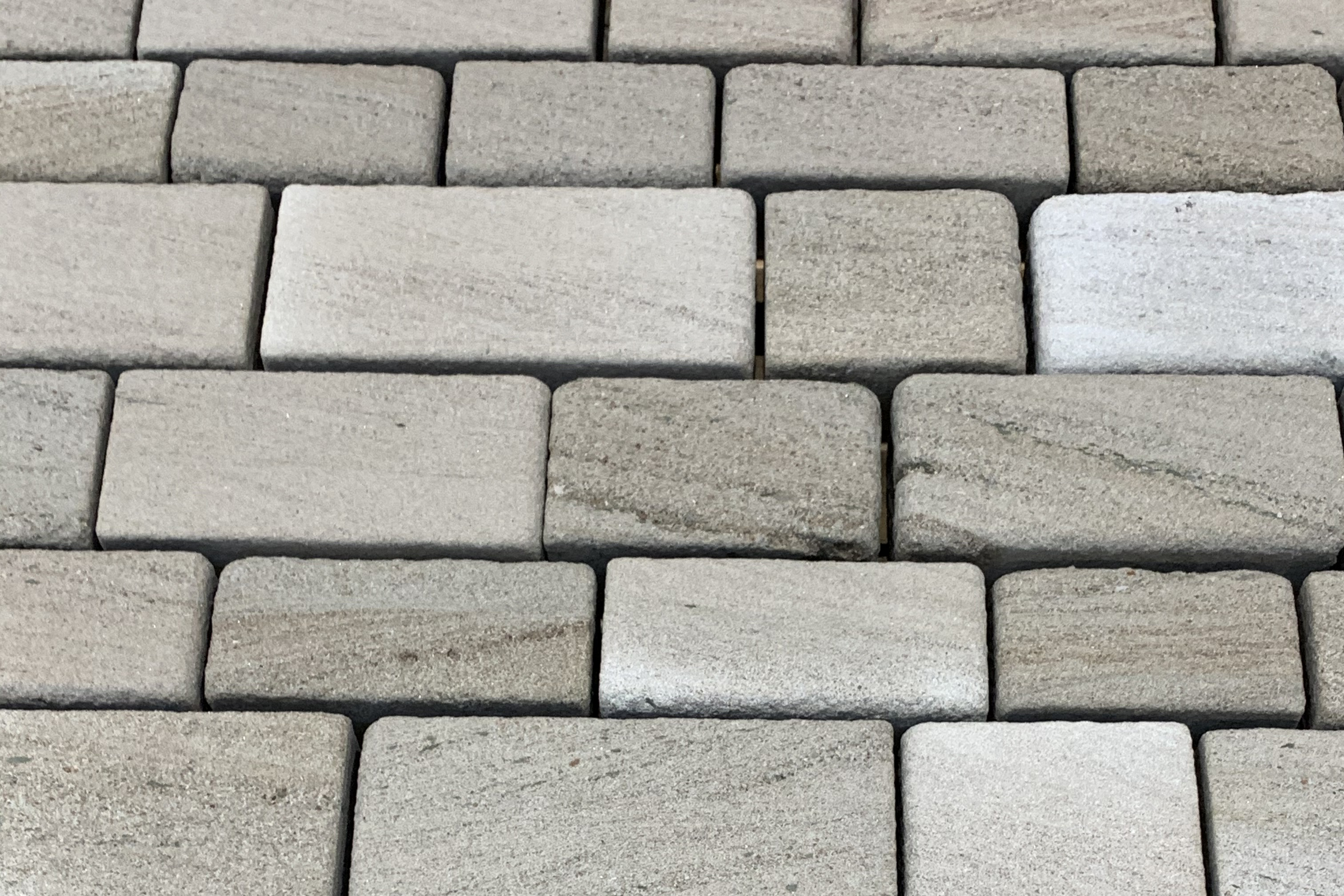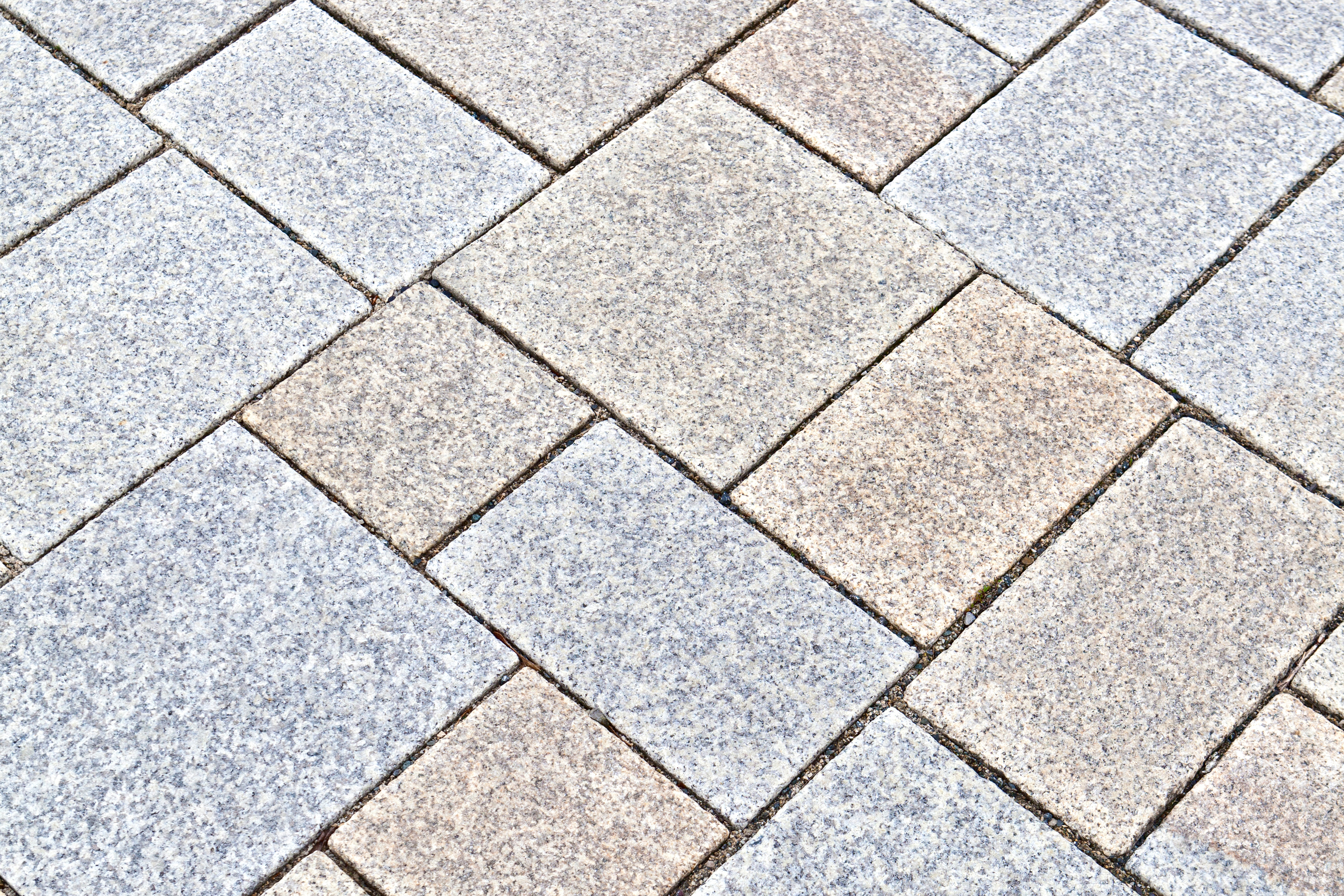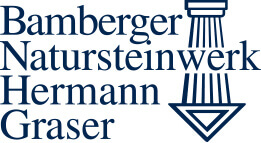
Natural stone paving

Natural stone has always been a building material of lasting value for the construction of streets and squares, as well as in open space design, and integrates excellently into the natural environment. Our regional natural stones in particular have proven their durability over centuries in our climate, whereby no other building material gains as much beauty with age as a patinated natural stone.
Natural stone paving is particularly suitable for the design of public squares and outdoor areas because of its minimal ecological footprint. It is also frost-resistant and durable. Another invaluable advantage is that the same natural stone can be used to make solid components such as block steps, edging or kerbstones, fountains or street furniture, thus enabling a harmonious design from a single source.

In order to achieve the best possible accessibility, our paving is shot-blasted on all sides and thus achieves a slip resistance of R13 on the surface. Since the paving stones are sawn to size at right angles before blasting, a tight and even joint guidance is possible, which promotes accessibility just as much as the slightly rounded edges. This results in excellent and, above all, low-vibration rollability as well as pleasant walkability for everyone.
The slightly rounded edges also prevent sharp-edged protrusions at terrain transitions, so that no tripping hazards arise. The water-permeable joints are also good for the water balance of our inner cities and promote the sponge-city to store water locally. The light colour and the associated reflection of the sun's rays are also good for preventing overheating of our inner cities. Tactile guidance strips or attention strips or cutouts for recessed lights can also be easily implemented in the pavement.

The paving can be made of granite or sandstone.
Granite is one of the most wear-resistant types of stone on earth. It is robust and durable, insensitive to weather conditions such as heat, cold or moisture and resistant to de-icing salt, frost and acids.
But sandstone is also very suitable as a paving material and can last for centuries, as in the case of the cathedral square in Bamberg. The riverside promenade at Neckarlauer in Heidelberg, for example, was redesigned with paving made of the “Neckartäler Hartsandstein” a red-white sandstone, incorporating the historic sandstone paving.

